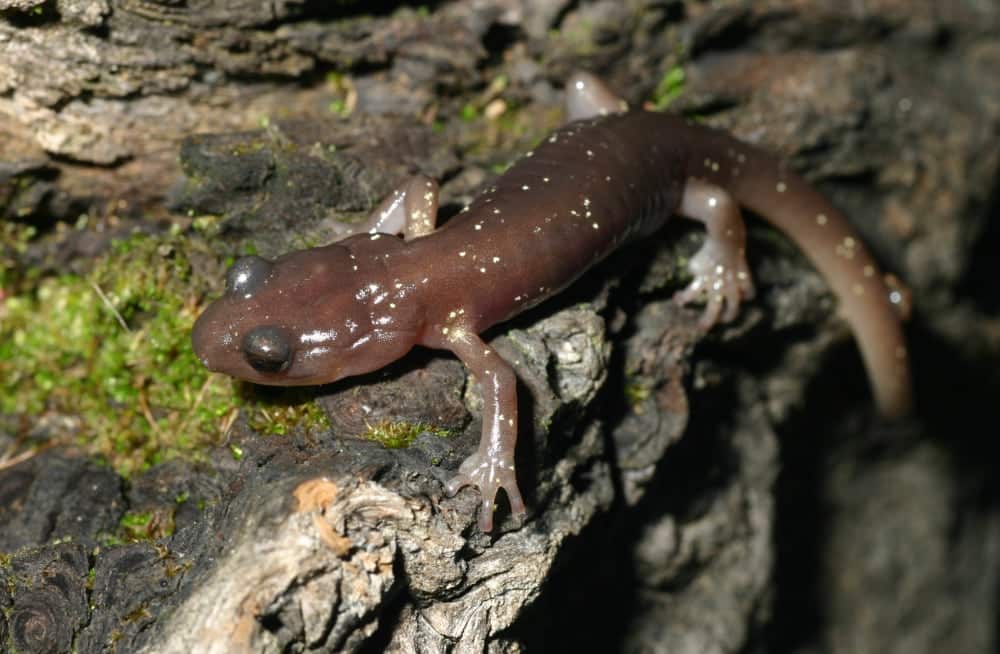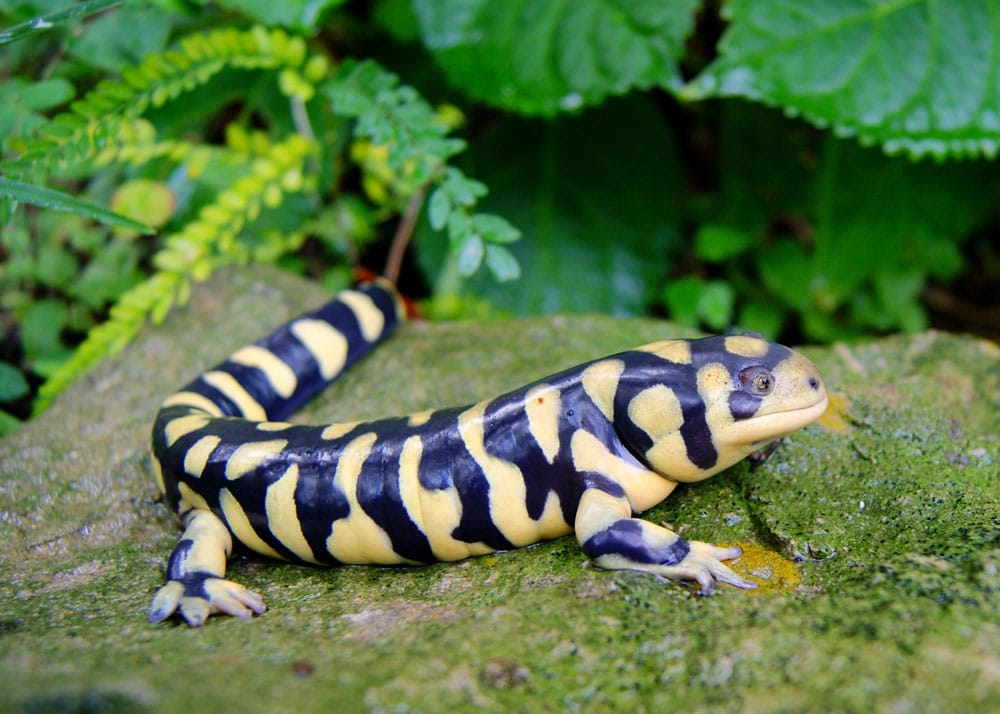Researchers with Michigan State University and pet industry partners will work to study disease mitigation strategies that will hopefully minimize the risk of disease spread among captive amphibian and wild amphibian populations.
Researchers with Michigan State University and pet industry partners will work to study disease mitigation strategies that will hopefully minimize the risk of disease spread among captive amphibian and wild amphibian populations.
The project, “Socioeconomic and Epidemiological Drivers of Pathogen Dynamics in Wildlife Trade Networks,” is led by Michigan State University Wildlife Engagement Specialist Alexa Warwick and MSU Department of Fisheries and Wildlife Master’s Student Gia Haddock and including researchers from the University of Tennessee, Washington State University, University of Massachusetts and Rutgers University will collaborate on identifying how “socio-economic decisions and pathogen dynamics impact each other in a wildlife trade network and partnering with industry leaders to support application and implementation of pathogen screening, reporting and networking programs.”

Arboreal salamander. Photo by Michael Benard/Shutterstock
Pet industry partners working with the researchers include the Pet Advocacy Network, Josh’s Frogs and Reptiles by Mack. According to a news release put out by the university, funding for the project is from a $2.75 million grant from a joint program of the National Science Foundation, National Institutes of Health and the U.S. Department of Agriculture called the Ecology and Evolution of Infectious Diseases Program.
Fungus That Rapidly Kills Salamanders Spreading Across Germany
Scientists Urge Immediate U.S. Ban On Importation Of Asian Salamanders
The birth of the project started in 2019 when Haddock proposed an independent study on (Batrachochytrium salamandrivorans; Bsal, a chytrid fungus that caused salamander die offs in Europe. While the pathogen is currently not known to exist in the United States, it has decimated black-and-yellow spotted fire salamanders (Salamandra salamandra) in much of Europe. The fungus can kill salamanders in as little as four days. The fungus causes tumors and skin ulcers on infected salamanders, which compromises the amphibian’s immunity to other disease. It spreads rapidly and is known to spread through the air, soil and water and is also carried by birds and frogs, as well as newts, toads and other amphibians. The fungus is considered to be more lethal than chytrid fungus, which is present in the United States and affects frogs and toads.
The fungus is said have originated in Asia, where salamanders there are immune to it. It is said to have spread to Europe through the forestry, agricultural and wildlife trade.



